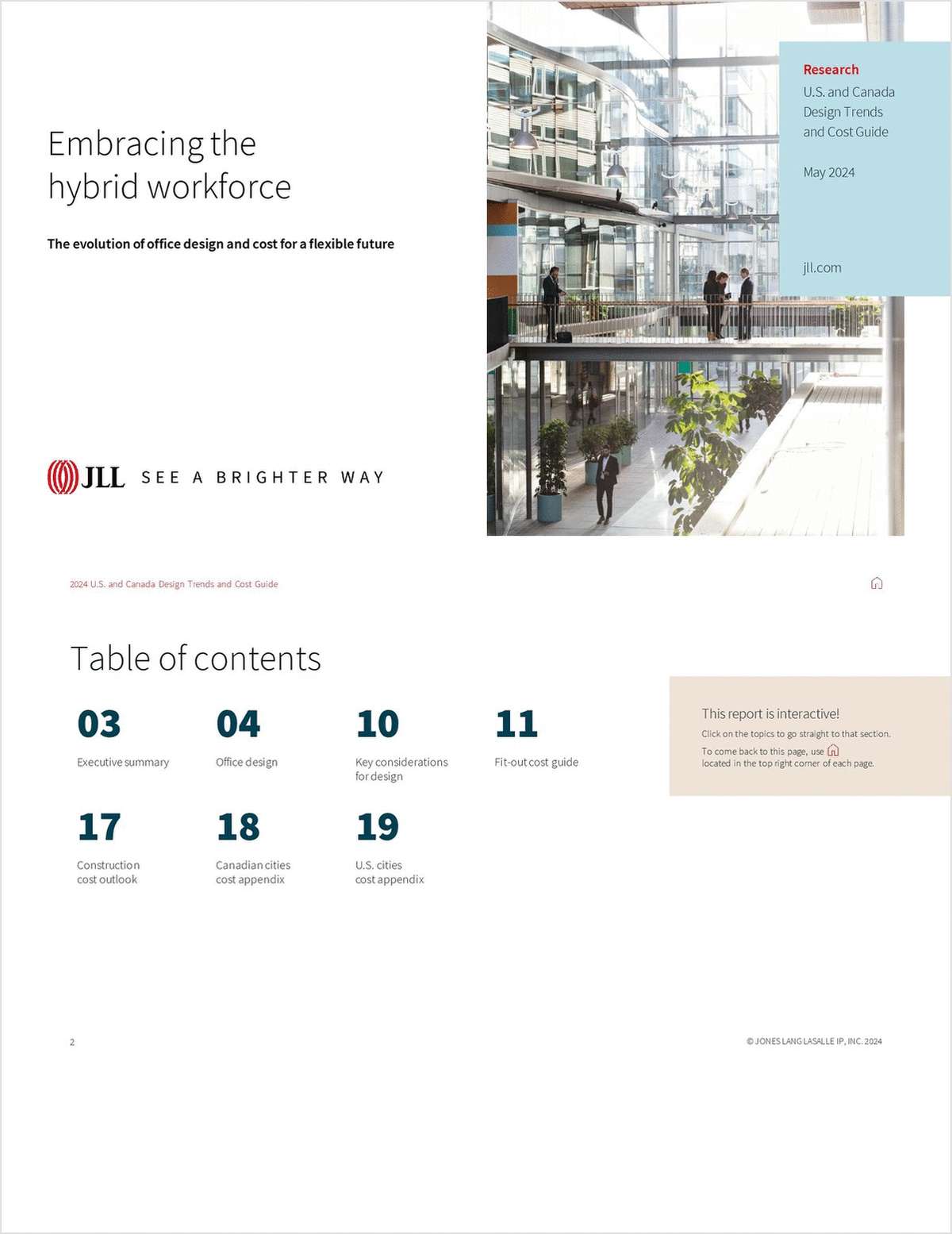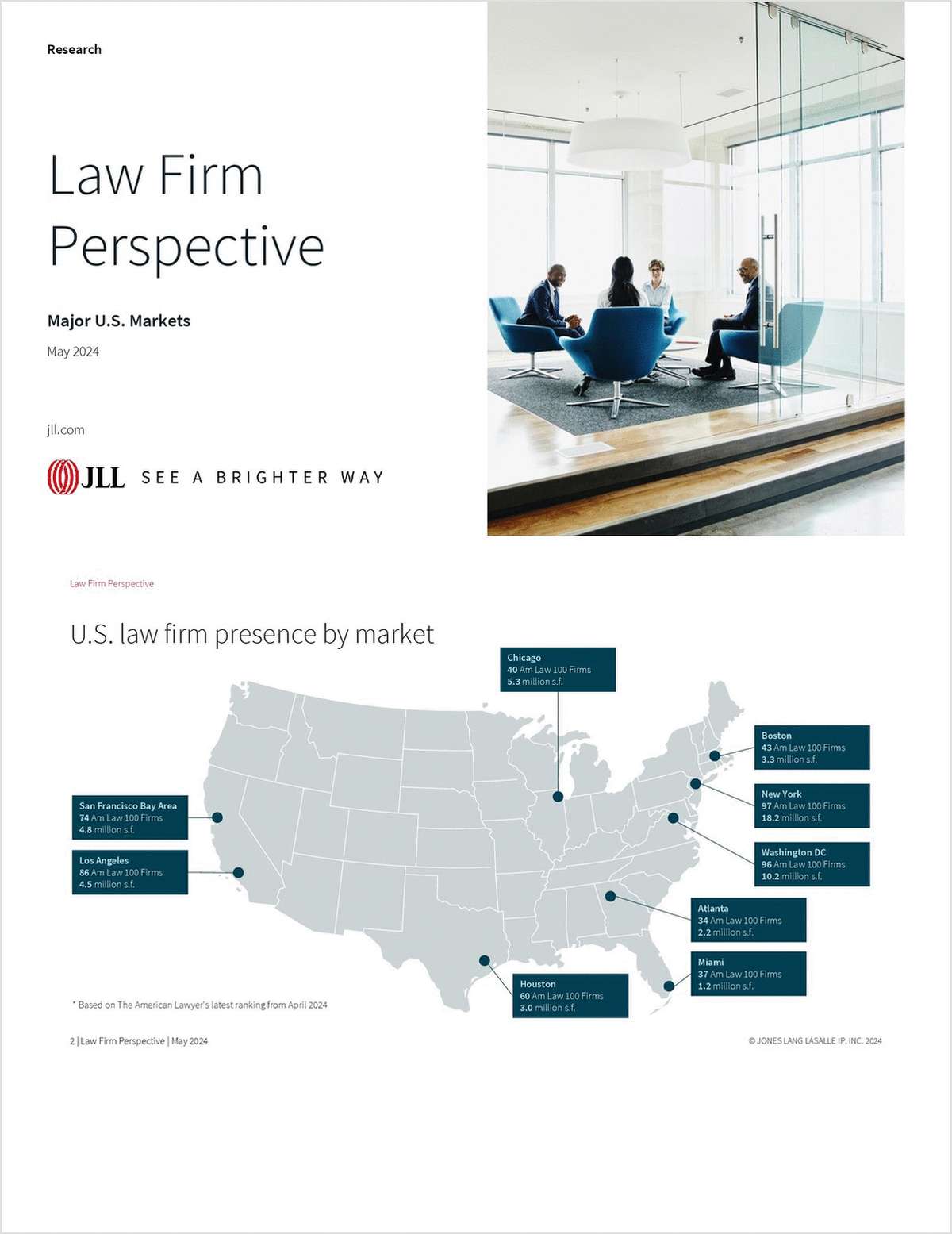Should the U.S. Import the U.K.'s Gender Pay Gap Law?
Moribund and dysfunctional as it might be these days, Britain is also strangely progressive—arguably way ahead of us Yanks—when it comes to tackling the gender pay gap.
April 30, 2019 at 02:00 PM
4 minute read

Very little is cool about Britannia these days. Brexit is an unmitigated disaster, Meghan and Kate are bickering, and 97-year-old Prince Philip had his car keys taken away (he mowed down an innocent commoner earlier this year).
Moribund and dysfunctional as it might be, Britain is also strangely progressive—arguably way ahead of us Yanks—when it comes to tackling the gender pay gap. Last year, the U.K. implemented legislation that requires businesses with 250 or more employees to report the wage and bonus pay gaps between men and women.
That's radical stuff. As someone who covers the gender front, I can tell you it's impossible to pry that kind of information from law firms. And if I ask nicely, most firms would voice indignation, as if I've crossed a sacred line.
Firms won't volunteer their own gender pay gap details, which is why I think strong-arming is in order. How else are we to cut through all the hype that firms throw at us about how wonderful they are to women—the endless parental leave, the posh lactation rooms, the expensive coaching sessions—and get to what really matters: the pay differential between men and women.
 Of course, the U.K. requirement hasn't resulted in total transparency. One technicality is that the law only requires that “employee” pay be disclosed, rather than that of partners. When the law came into effect last year, The American Lawyer affiliate Legal Week reported that less than a third of the U.K.'s top 50 firms provided information about partner pay. And some firms that have disclosed partner pay are being less than forthright, lumping partner pay in with that of administrators.
Of course, the U.K. requirement hasn't resulted in total transparency. One technicality is that the law only requires that “employee” pay be disclosed, rather than that of partners. When the law came into effect last year, The American Lawyer affiliate Legal Week reported that less than a third of the U.K.'s top 50 firms provided information about partner pay. And some firms that have disclosed partner pay are being less than forthright, lumping partner pay in with that of administrators.
That said, there's pressure on firms to disclose the gender pay gap for partners. In fact, some firms are trying to be shining examples by disclosing more than the law requires. Recently, Baker McKenzie not only disclosed the gender pay gap among its partners (the mean gender pay gap was 14 percent, while its median gap was 30 percent), but also the pay gap for its minority partners and employees (of the partners who disclosed their ethnicity, there was a 7 percent mean and no median ethnicity pay gap).
And Clifford Chance went a step further, disclosing its LGBTQ and disability pay gap, on top of its gender and ethnicity pay gap data.
Another interesting nugget: U.S. firms with U.K. offices, which are subject to the rule, are sometimes providing information about the gender pay gap among partners that they don't disclose in this country. For instance, Legal Week reports that White & Case forked over information about its pay gap for both contract partners (3.7 percent in favor of men) and equity partners (34.9 percent in favor of men).
Imperfect as the U.K. law is, “It has caused the issue of pay differential to receive greater attention and resulted in law firms having to explain their position and how they are addressing it,” says U.K. consultant Tony Williams. “The issue of diversity and earnings in law firms is now far more transparent.”
So should the U.S. adopt the U.K.'s law on the gender pay gap? (President Obama proposed a similar law in 2016, but it was ultimately killed by President Trump.)
Caren Ulrich Stacy, CEO of Diversity Lab, is skeptical. Though she admits “transparency is always better than black-box systems when it comes to identifying and closing pay gaps,” she says the impact is limited because “there are no consequences” for poor results. She adds, “What's the catalyst for them to change—public scrutiny or shaming?”
Well, why not?
Contact Vivia Chen at [email protected] or @lawcareerist.
|This content has been archived. It is available through our partners, LexisNexis® and Bloomberg Law.
To view this content, please continue to their sites.
Not a Lexis Subscriber?
Subscribe Now
Not a Bloomberg Law Subscriber?
Subscribe Now
NOT FOR REPRINT
© 2024 ALM Global, LLC, All Rights Reserved. Request academic re-use from www.copyright.com. All other uses, submit a request to [email protected]. For more information visit Asset & Logo Licensing.
You Might Like
View All
As Big Law Walks a Tightrope, Herbert Smith Freehills Refuses to Lose Its Footing
8 minute read
Holy Grail: Can Changing Big Law Recruiting, Hiring and Training Lead to Greater Retention?
10 minute readTrending Stories
- 1Decision of the Day: Judge Reduces $287M Jury Verdict Against Harley-Davidson in Wrongful Death Suit
- 2Kirkland to Covington: 2024's International Chart Toppers and Award Winners
- 3Decision of the Day: Judge Denies Summary Judgment Motions in Suit by Runner Injured in Brooklyn Bridge Park
- 4KISS, Profit Motive and Foreign Currency Contracts
- 512 Days of … Web Analytics
Who Got The Work
Michael G. Bongiorno, Andrew Scott Dulberg and Elizabeth E. Driscoll from Wilmer Cutler Pickering Hale and Dorr have stepped in to represent Symbotic Inc., an A.I.-enabled technology platform that focuses on increasing supply chain efficiency, and other defendants in a pending shareholder derivative lawsuit. The case, filed Oct. 2 in Massachusetts District Court by the Brown Law Firm on behalf of Stephen Austen, accuses certain officers and directors of misleading investors in regard to Symbotic's potential for margin growth by failing to disclose that the company was not equipped to timely deploy its systems or manage expenses through project delays. The case, assigned to U.S. District Judge Nathaniel M. Gorton, is 1:24-cv-12522, Austen v. Cohen et al.
Who Got The Work
Edmund Polubinski and Marie Killmond of Davis Polk & Wardwell have entered appearances for data platform software development company MongoDB and other defendants in a pending shareholder derivative lawsuit. The action, filed Oct. 7 in New York Southern District Court by the Brown Law Firm, accuses the company's directors and/or officers of falsely expressing confidence in the company’s restructuring of its sales incentive plan and downplaying the severity of decreases in its upfront commitments. The case is 1:24-cv-07594, Roy v. Ittycheria et al.
Who Got The Work
Amy O. Bruchs and Kurt F. Ellison of Michael Best & Friedrich have entered appearances for Epic Systems Corp. in a pending employment discrimination lawsuit. The suit was filed Sept. 7 in Wisconsin Western District Court by Levine Eisberner LLC and Siri & Glimstad on behalf of a project manager who claims that he was wrongfully terminated after applying for a religious exemption to the defendant's COVID-19 vaccine mandate. The case, assigned to U.S. Magistrate Judge Anita Marie Boor, is 3:24-cv-00630, Secker, Nathan v. Epic Systems Corporation.
Who Got The Work
David X. Sullivan, Thomas J. Finn and Gregory A. Hall from McCarter & English have entered appearances for Sunrun Installation Services in a pending civil rights lawsuit. The complaint was filed Sept. 4 in Connecticut District Court by attorney Robert M. Berke on behalf of former employee George Edward Steins, who was arrested and charged with employing an unregistered home improvement salesperson. The complaint alleges that had Sunrun informed the Connecticut Department of Consumer Protection that the plaintiff's employment had ended in 2017 and that he no longer held Sunrun's home improvement contractor license, he would not have been hit with charges, which were dismissed in May 2024. The case, assigned to U.S. District Judge Jeffrey A. Meyer, is 3:24-cv-01423, Steins v. Sunrun, Inc. et al.
Who Got The Work
Greenberg Traurig shareholder Joshua L. Raskin has entered an appearance for boohoo.com UK Ltd. in a pending patent infringement lawsuit. The suit, filed Sept. 3 in Texas Eastern District Court by Rozier Hardt McDonough on behalf of Alto Dynamics, asserts five patents related to an online shopping platform. The case, assigned to U.S. District Judge Rodney Gilstrap, is 2:24-cv-00719, Alto Dynamics, LLC v. boohoo.com UK Limited.
Featured Firms
Law Offices of Gary Martin Hays & Associates, P.C.
(470) 294-1674
Law Offices of Mark E. Salomone
(857) 444-6468
Smith & Hassler
(713) 739-1250












